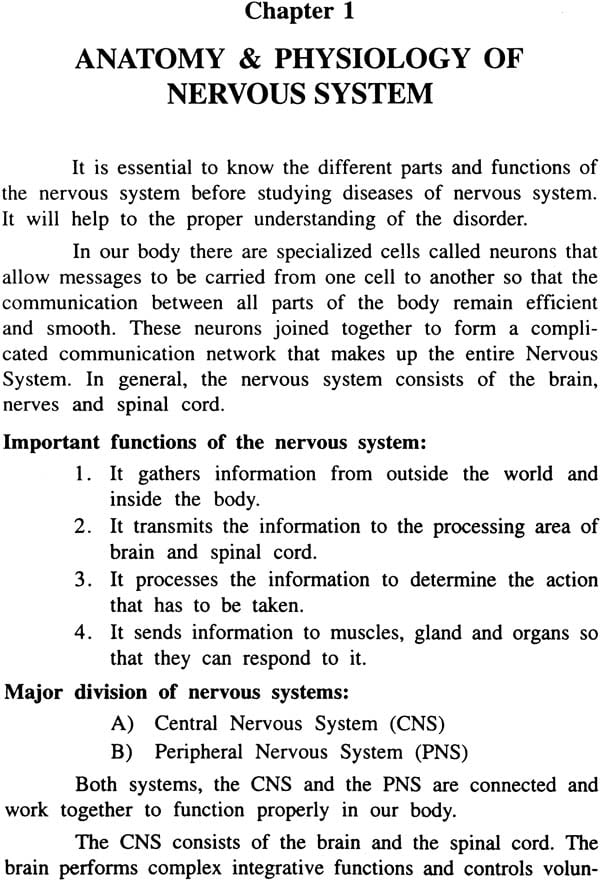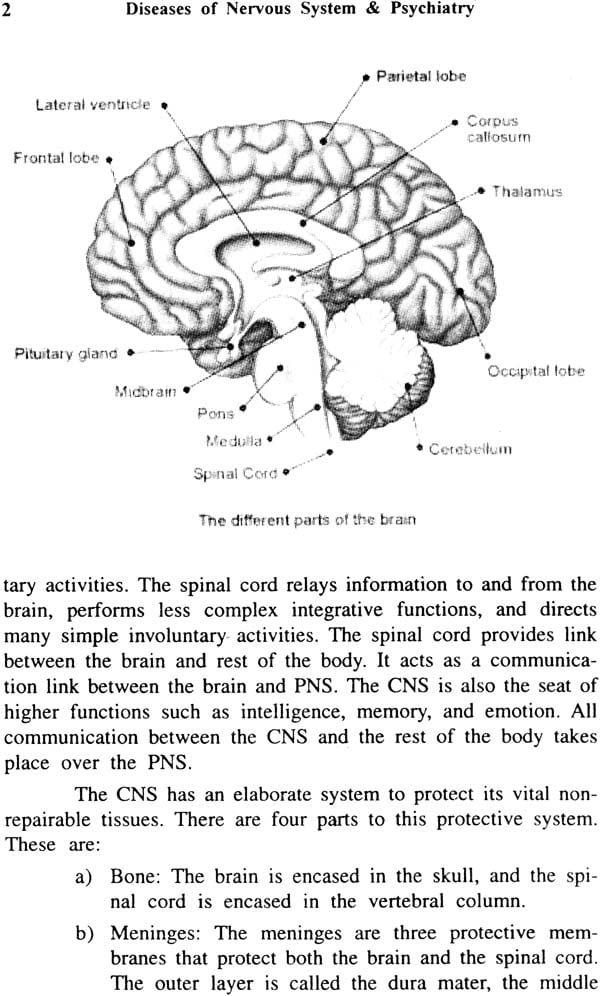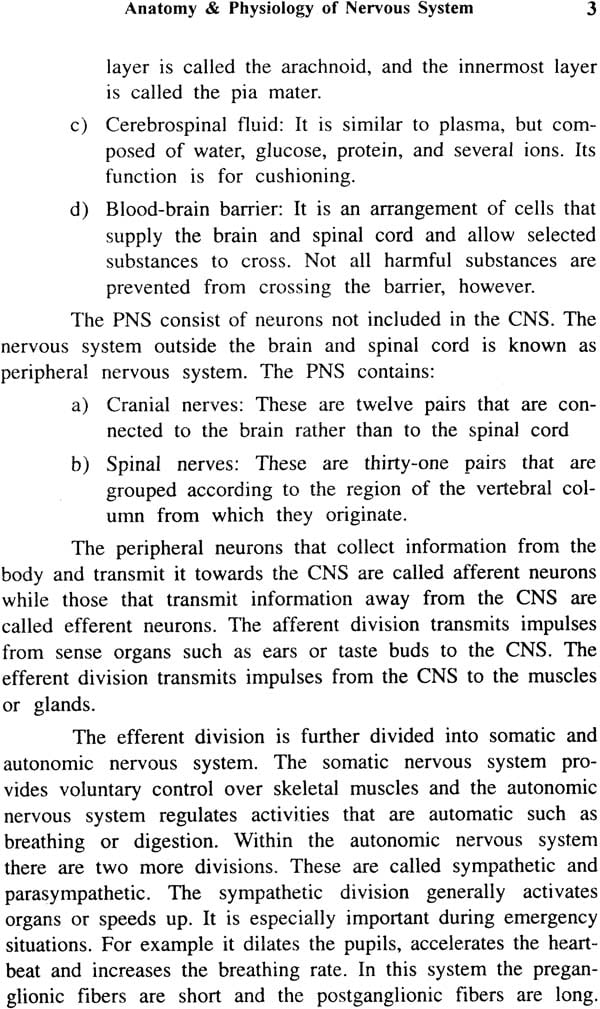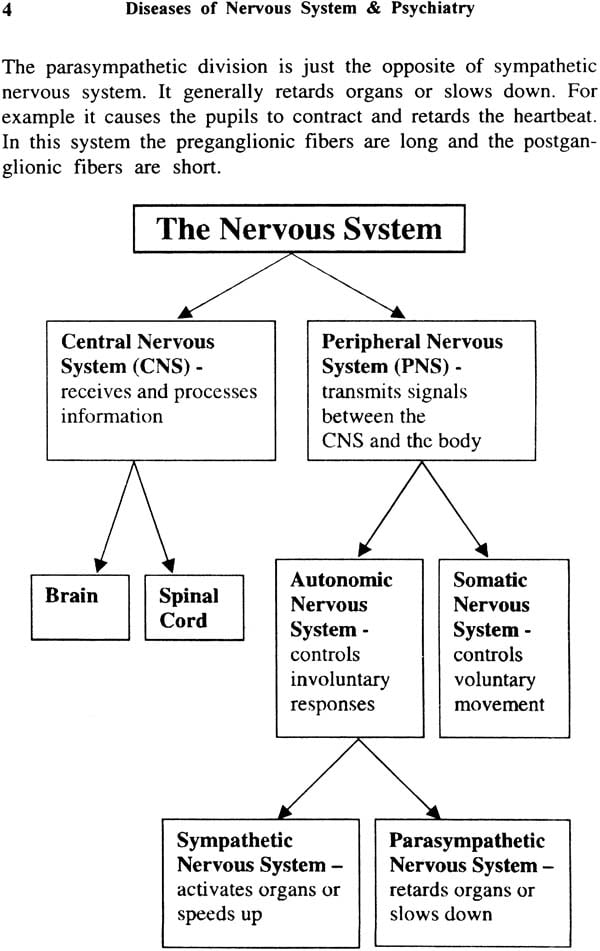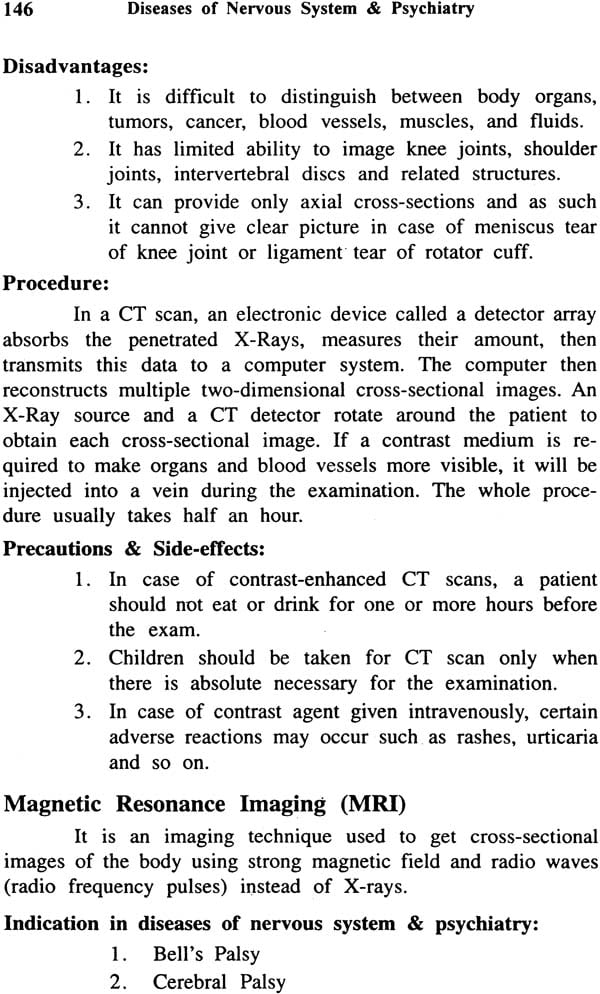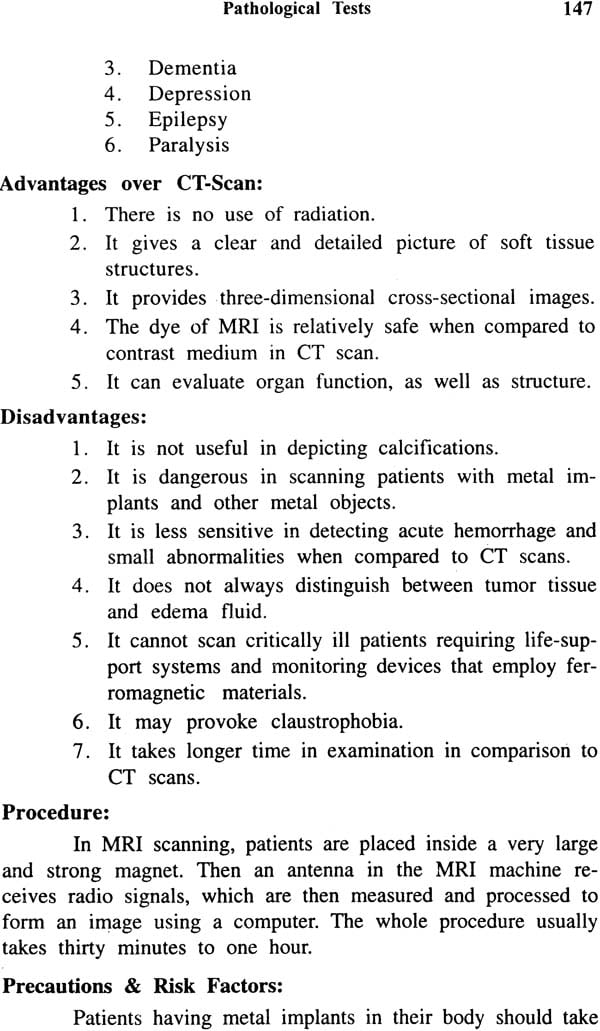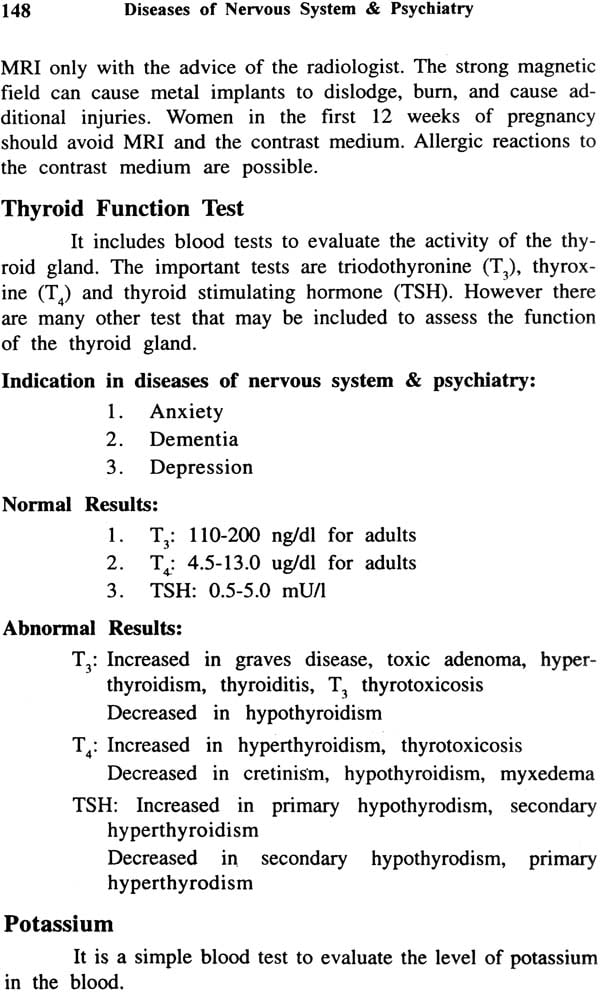
Diseases of Nervous System & Psychiatry (Ayurvedic & Herbal Medicines)
Book Specification
| Item Code: | NAI148 |
| Author: | Dr. Narendra Kr. Saraogi (Jain) |
| Publisher: | Chowkhamba Krishnadas Academy |
| Language: | English |
| Edition: | 2009 |
| ISBN: | 9788121802644 |
| Pages: | 188 (15 B/W Illustrations) |
| Cover: | Paperback |
| Other Details | 8.5 inch x 5.5 inch |
| Weight | 190 gm |
Book Description
About the Book
Concept of ama is as old as concept of agni, which is basic In Ayurvedic principles. Where the concept of agni is a physiological approach, the concept of ama is a pathological one. Hence the concept of ama is an unique one which helps in understanding a disease 75% of the disorders in the present day are sama rogas starting from fever, infections, allergies, auto immune disorders, immunological, metabolic, free radical and GIT disorders ete. For alleviating these disorders knowledge of concept of ama is an essential one.
This book deals in detail the concept of agni and location of its sites, panchavidavatas and its location in the autonomic nervous system, formation of ama due to various etiology at various levels and the various stages in the formation of ama and causation of the disease are also identified.
In chapter V clinical diagnosis of sama conditions are given in detail with explanation. The most impressive thing about this book is that sama conditions are explained in light of modern science and diagnosis of the sama condition through various laboratoy investigation starting from simple CUE to biochemical, serological test are also explained, which is the first of its kind.
In chapter VI of the book laboratory investigations are described to diagnose and assess the gravity of ama in the body in order to facilitate students, researchers and practioners alike. Which is also the first time report in this field as the author is having 30 years experience in the field of ama and its related disorders. This criteria has been noted vasing on the statistical data of more than 200 cases of ama and its related disorders.
Another highlight of the book is identifying ama as various levels and identifying deepana and pachana dravyas working at various levels with examples. How to consider ama as criteria in planning formulations are also described vividly ie. In which form like swarana, choorna, kwatha, asava act at which level like pachakagni, bhootagni, dhatwagni etc.
Finally a modal disease of ama 'amavata' which is the most crippling disorder in the world has been explained in detail in the light of ayurvedic science along with treatment. This book focuses on the concept of ama in light of present scirnces like genetics, molecular bilogy, bio-chemistry etc.
Preface
This book provides in-depth knowledge of diseases of nervous system - psychiatry and its treatment through ayurvedic herbal medicines. The important aspect' of this book is that it takes care to give detail description of the herbs available in india and western countries. Hence the readers in India and tern countries will find this book interesting and valuable in curing the problems of diseases of nervous system. More than 40 herbs are used in this book on the basis of their therapeutic value. It also includes yoga therapies that are relevant in mental problems and diseases of nervous system. It is written in simple language avoiding as far as possible difficult terms. This book is divided into four parts.
Part-I includes brief description of anatomy and 'physiology of nervous system and its diseases with their causes, symptoms investigations and management.
Part-II focuses different types of ayurvedic and herbal medicine that are used in diseases of nervous system and psychiatry.
Part-III comprises special reference on yoga therapies h as yogasanas, pranayama and pathological tests that are useful in mental problems and diseases of nervous system.
Part-IV includes glossary of some medical terms used in writing the book, an index, and a list of herbs with their botanical English and Indian names.
If this book helps any physician in the treatment of diseases related to nervous system and psychiatry of a single patient, I will feel that my effort put in the preparation of this book amply rewarded.
Introduction
In rural India, there is a great dearth of hospitals, dispensaries and health centers. The cost of conventional or allopathy drugs are increasing day by day and sometimes beyond the reach of poor people which constitute the majority of our population. The greatest advantage about allopathy lies on its ongoing research in respect of improvement upon the already existing medicines, and introduction of new medicines in which alternative medicine lags behind. Allopathy has risen to present heights because it is backed by enormous financial assistance from the states and voluntary organization and countless individuals. These advantages were denied to other systems and this is the leading factor that compelled the alternative or complementary systems of medicines to adopt a low profile. Certain therapies were confined to specific areas, tribes or even selected homes. As a result the benefits of alternative medicines could not reach the vast majority of people. However no one can deny the importance of conventional drugs and surgery in the treatment of life threatening disorders. But it is also a known fact that in some cases conventional drugs does not cure the diseases rather than make the symptoms of the disease more complicated. On the other hand, alternative medicines fail to achieve the task of curing problems in certain cases. Hence a holistic or rational approach is required to make the people free from diseases and lessen their sufferings. Conventional and complementary practitioners need to exchange ideas and cooperate to combine the best drugs, herbs and other treatment approaches to improve the well being of their patients. Integration is the key to the best possible healthcare for the future.
The author strongly believes in integrative medicine whereby a combination of conventional and alternative medicine work wonders in controlling and curing any type of disease.
Contents
| 1) | Anatomy & Physiology of Nervous System | 1 |
| 2) | Diseases of Nervous System & Psychiatry | 5 |
| b) | Anxiety, Bell's Palsy (Facial Palsy) | |
| c) | Cerebral Palsy, Dementia | |
| d) | Depression, Epilepsy | |
| e) | Hypochondriasis, Hysteria | |
| f) | Insomnia, Neuralgia | |
| g) | Paralysis, Parkinson's Disease | |
| h) | Schizophrenia, Sciatica | |
| 3) | Ayurvedic Medicines | 33 |
| 4) | Herbal Medicines | 69 |
| 5) | Yoga Therapy | 110 |
| 6) | Pathological Tests | 142 |
| 7) | Herbs Name | 154 |
| 8) | Glossary & Abbreviations | 163 |
| 9) | Index | 174 |
